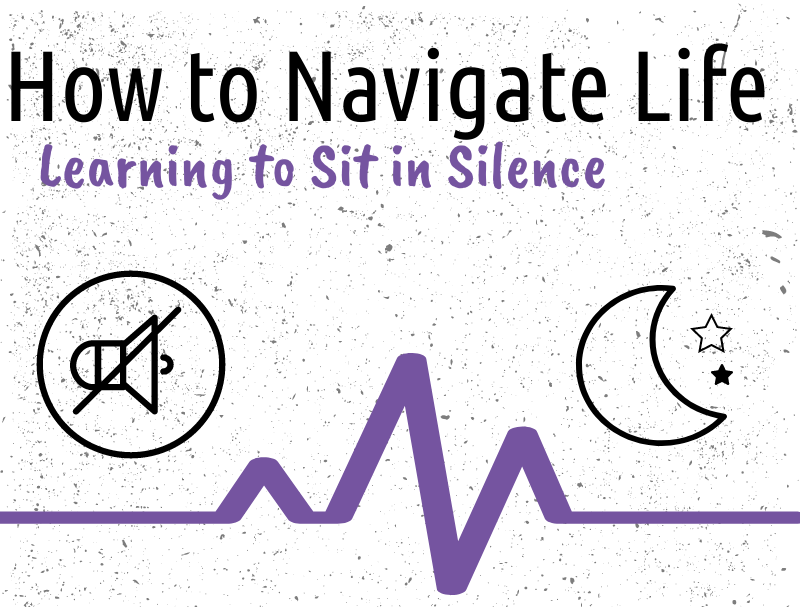Learning to Sit in Silence
When was the last time you drove home in silence? No music, no conversation, only the incessant hum of the wheels on the pavement. It’s uncomfortable, it’s scary, not because of the absence of noise but rather the inevitable presence of it–the overwhelming uproar of our thoughts.
Embracing silence requires us to attend to our mental chatter and probe into it. The bad, the good, and the ugly. Our brain gladly takes advantage of the space to face repressed emotions, dissect fear, explore future possibilities, ruminate on the past, and sift through beliefs.
Because this is exactly what we need. We are constantly taking in information, an influx of news and media and demands and deadlines. Our mental matter is consumed by symbols that, once stripped of their meaning, are merely ink jots on a page or pixels on a screen. And as a result, we have forgotten how to let ourselves freely think and reflect.
I’ve found that driving in silence provides the perfect opportunity to re-teach ourselves how to truly contemplate. Consider the following passage by Alain de Botón in his book Simple Pleasures:
“We’re entering the strange and highly useful territory in which we can entertain a thought without rushing quickly to endorse or condemn it–where we can wonder if something might be the case, without reaching too fast to decide. The car at night creates a benign mental climate in which some important thoughts get the chance to grow.”
The “rhythmic passing of the overhead lights,” their glow reflected in the sheet of rainwater on the street, the hum of the wheels on the pavement, all while you unconsciously remember where to turn and how to step on the brakes—the perfect conditions to return to oneself.
I encourage you to go on a drive after the sun disappears behind the horizon and refrain from filling the silence with anything but your personal contemplation. Maybe roll down the windows and feel the wind on your face. For that moment in time, you will realize how much you truly needed the silence.

